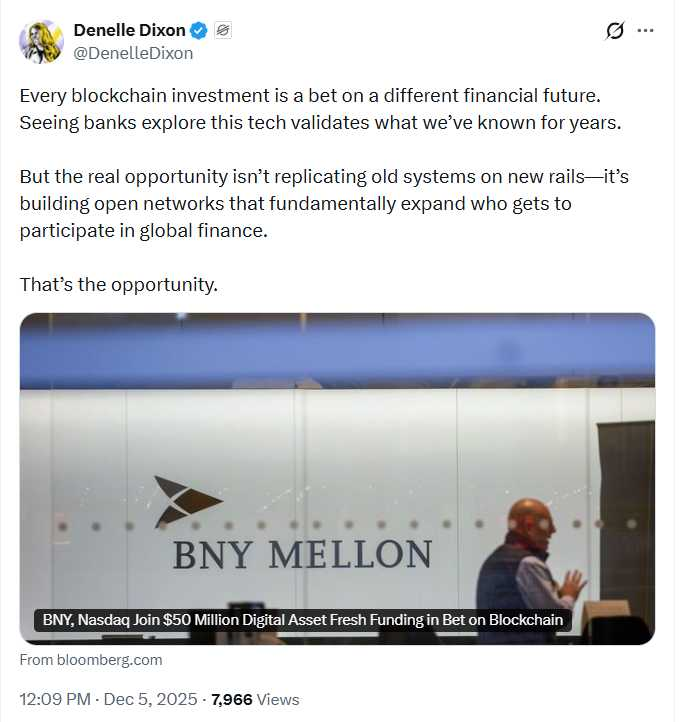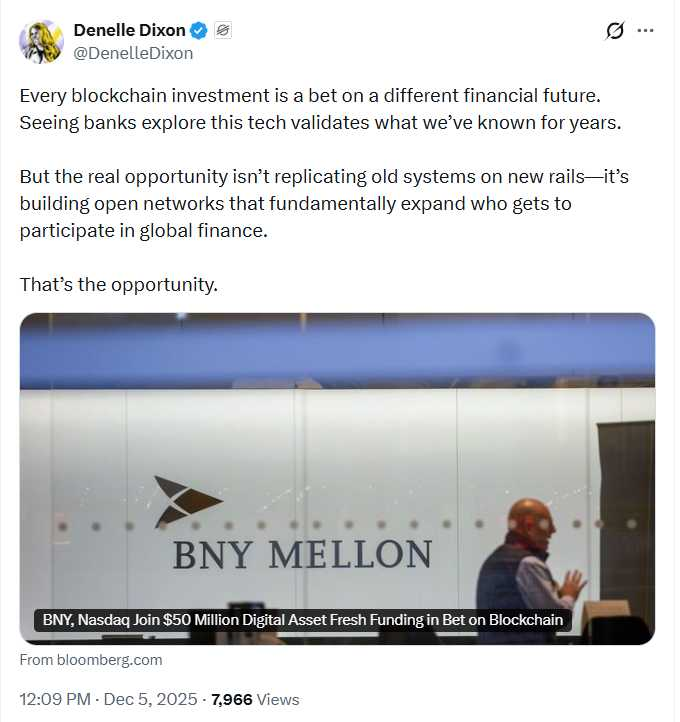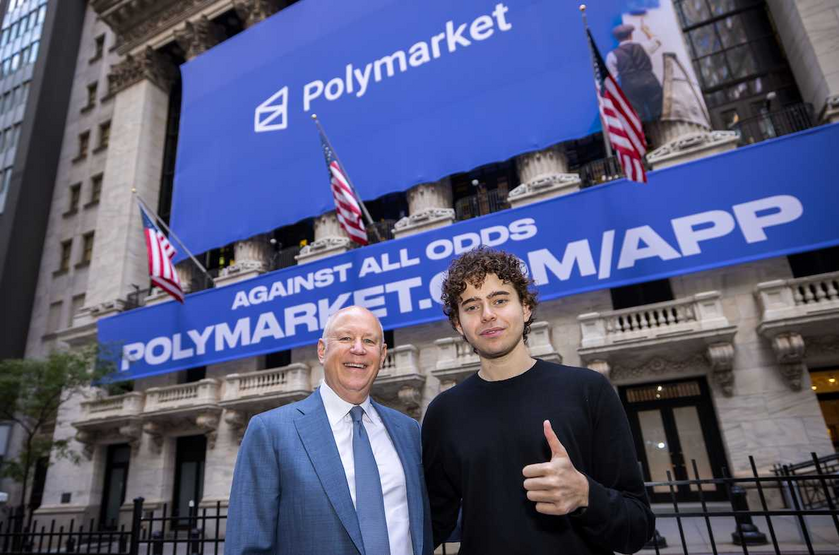Ripple, a leader in blockchain and crypto solutions, has announced a new partnership with ProprHome, a blockchain-enabled real estate marketplace, to create a renewed way to buy, sell and rent property.
The partnership, which will leverage XRP Ledger, the open source layer 1 blockchain, through an NFT utility, will provide faster, more reliable and energy-efficient transactions and improve the buying experience for potential buyers.
Specifically, Ripple, PropHome and XRP Ledger share common characteristics and purpose: efficiency, speed and transparency. Indeed, the goal of the partnership is to revolutionize the level of engagement in the typically tedious process of buying, selling and renting homes. Ripple and PropHome: here’s what to know
Ripple has announced the partnership with ProprHome, and the latter explains what the differences will be and what will change from now on. As already anticipated, PropHome is a blockchain-enabled real estate marketplace that wants to further revamp the way people buy, sell and rent property in Portugal.
All this through an NFT utility that will be minted on the fast and energy-efficient blockchain for asset tokenization, XRP Ledger.
Specifically, the speed and reliability of XRP Ledger to facilitate real estate NFTs will further simplify the way real estate clients communicate with their agents, schedule visits, make offers, and more.
Most importantly, from the moment the collaboration is active, clients will gain control over the offer and acceptance process in a real estate transaction.
With the competitive market in Portugal, an agent’s professionalism in providing the best customer experience should be a deciding factor. The merit-based system of ProprHome aims to solve this problem by providing a deeper insight to clients seeking the most suitable professionals.
In fact, through ProprHome’s NFT utility and through its partnership with Ripple, the blockchain-enabled marketplace will offer different types of tokens. First and foremost, utility tokens for digital property certificates (DOCs).
DOCs are issued when renting or buying a property using ProprHome.
Customers will receive a DOC token that they can use to prove the right of use for a particular property, thus bypassing the time-consuming and cumbersome onboarding verification and approval process.
ProprHome’s plan for this area of the business will seek to further enable these tokens to improve control and management of the various steps in the process. DOC tokens will also offer home buyers the ability to connect to various services, including utilities such as electricity, water, broadband, telecommunications, and home entertainment.
Next, reputation tokens: the ProprHome platform will have its own native token, Propr (PRP), a “reputation currency” that agents, developers and owners can earn and exchange for additional exposure.
PRP tokens will be used to incentivize a positive real estate experience by rewarding participants on the platform with tokens for good practices, such as competitive pricing. They will also effectively attract customer interest to maximize the home search experience. Why is ProprHome relying on blockchain technology?
Generally, the offer stage can be a difficult and stressful process for all parties involved in a purchase. To solve this problem, ProprHome turned to blockchain technology, such as XRP Ledger, to add transparency, trusted offers, and trust between customers and the industry, thus strengthening the transaction process.
By publicly recording all bids on XRP Ledger, ProprHome is able to provide transparent and immutable data to all parties and ensure a fairer and more productive bidding experience.
In addition, ProprHome has taken care to educate its users about the new technologies being used: blockchain, NFTs, and Ripple. In fact, it created the “Customer Education-ProprHome” project.
The latter is designed to educate and enable customers to make more informed decisions through rich, functional, community-generated content. In fact, ProprHome aims to guide the user through mini-lessons before minting an NFT.
Community benefits will also be associated with this NFT and will serve as a valuable qualifying stamp to further enrich the quality of lead provided by the platform.
John McCoy, CEO of ProprHome, following the announcement of the partnership with Ripple said:
“ProprHome and our partner Ripple share the same vision of the tokenization of assets with functional utility. We see the potential of an online real estate market that leverages blockchain technology to dramatically improve real estate interactions.
We have trusted in the reliability of XRP Ledger for over ten years to serve as our preferred blockchain for its tokenization and settlement capabilities.”
Ripple supporting sustainability: the green currency
Prior to its collaboration with PropHome, Ripple had already distinguished itself by its actions with respect to the environmental sustainability. In fact, the cryptocurrency, operating on an open source network, is also referred to as “the green currency” because of its energy efficiency. Commonly Ripple is described as an alternative currency because of the energy it harnesses.
This is because its XRP token is one of a growing number of digital coins that uses much less energy in validating transactions, compared to Bitcoin for example.
XRP transactions are also confirmed in seconds at a low cost compared to Bitcoin, which can take many minutes with high transaction costs. The XRP token can be described as a green currency because of how it was designed with sustainability in mind.
In fact, according to Ripple’s website, XRP is about 57,000 times more energy efficient than BTC. Unlike other blockchains that use Proof-of-Work, XRP Ledger confirms transactions through a unique consensus mechanism and aims to become carbon neutral in the coming years.
Through the Ripple Protocol Consensus Algorithm (RPCA), at least 80% of the network’s global validators must approve a transaction before it is added to the XRP ledger.
Over the years, Ripple has always distinguished itself from other cryptocurrencies by its innovative technology. The company calls itself a payment solution provider because of its main focus on using cryptocurrency to enable cross-border payments.
In addition to the XRP token, which solves the environmental problem by being energy efficient, it solves cross-border problems through its RippleNet network. Ripple and the goal on sustainability of the planet by 2030
Already last year, Ripple had given way to talk about sustainability. In fact, it had added its voice to the ongoing cryptocurrency sustainability pool with the announcement that it aims to achieve zero carbon emissions by 2030. It has also collaborated with various sustainability leaders to achieve that goal.
In the tweet on 15 May, Ripple (XPR) described a number of aspects of its environmental strategy. This included a list of their partners, which already includes the Bill & Melinda Gates Foundation, Mercy Corps, Mojaloop Foundation, and the Institute for Business and Social Impact among them.
Overall, Ripple has non-governmental organization (NGO) partners in more than eighty countries. Now, sustainability leaders such as the Renewable Energy Buyers Alliance (REBA), the Energy Web Foundation, and Watershed have joined their ranks.
In addition, Ripple had also raised its concerns about the unbanked, stating:
“Our current global financial system does not meet the needs of 1.7 billion bankless people. Digital assets and distributed ledger technology (DLT) have the potential to transform the way populations without banks and sub-banks access basic financial services and send and receive money across borders, making it more accessible, convenient and secure.”



























